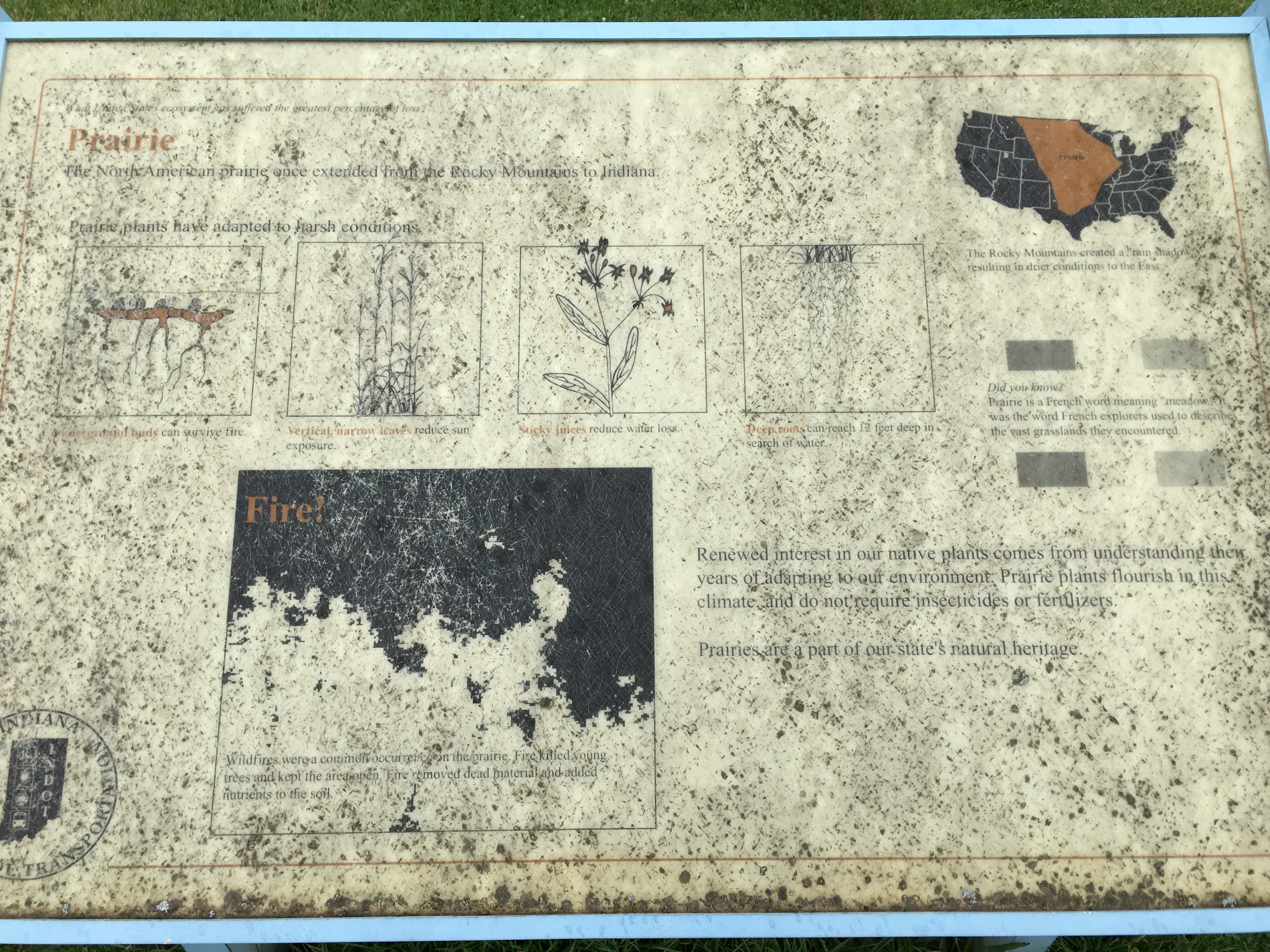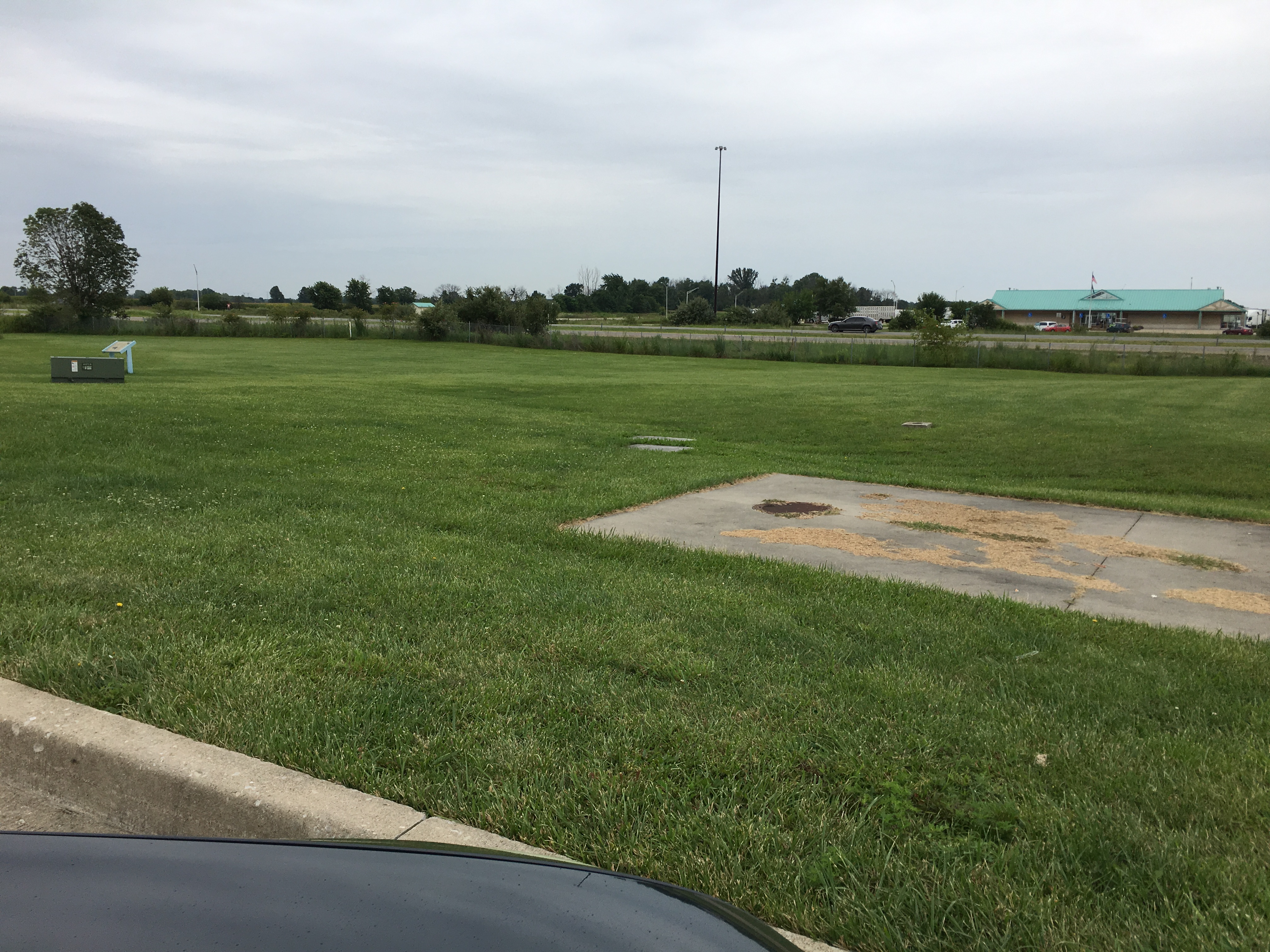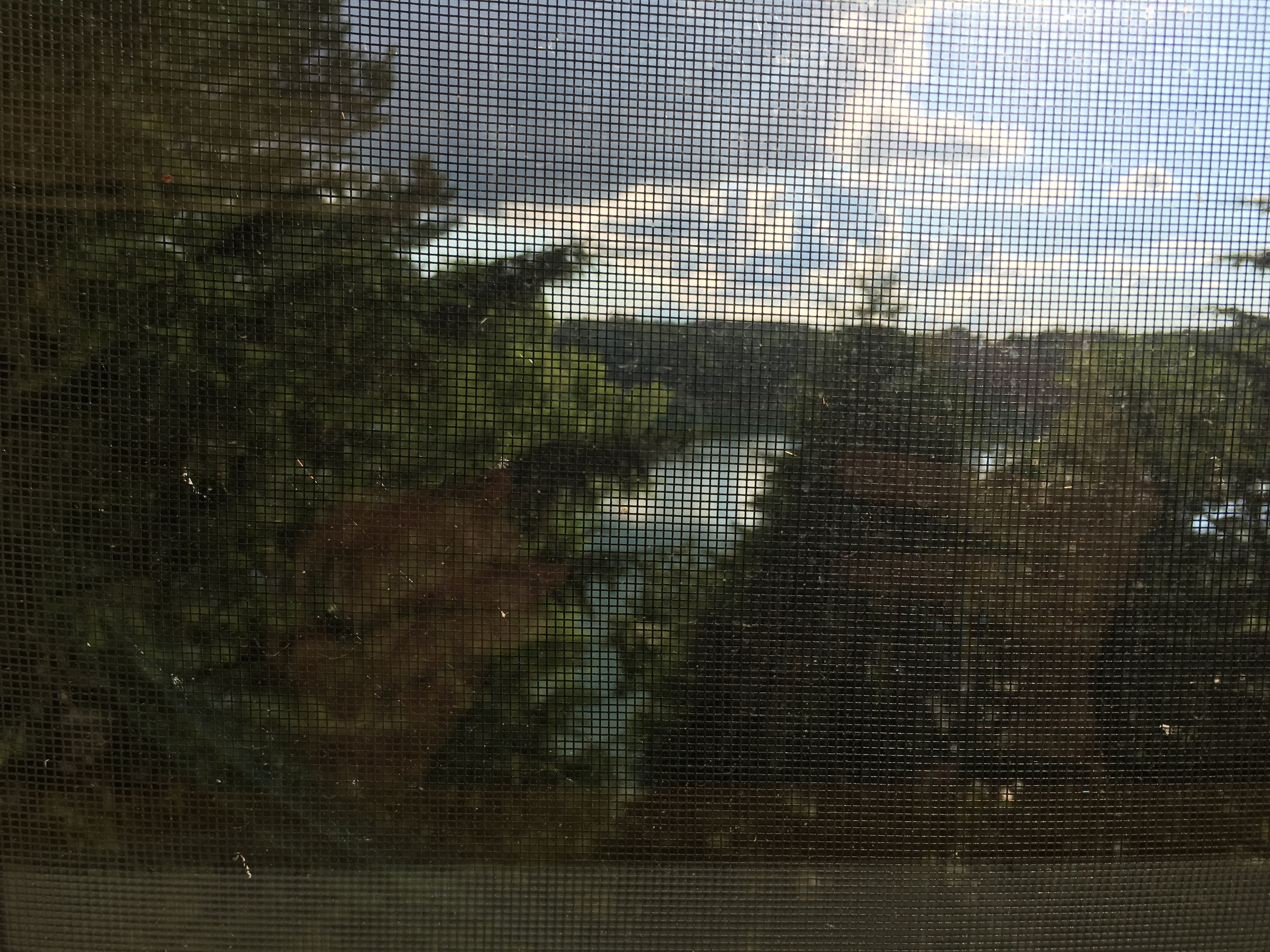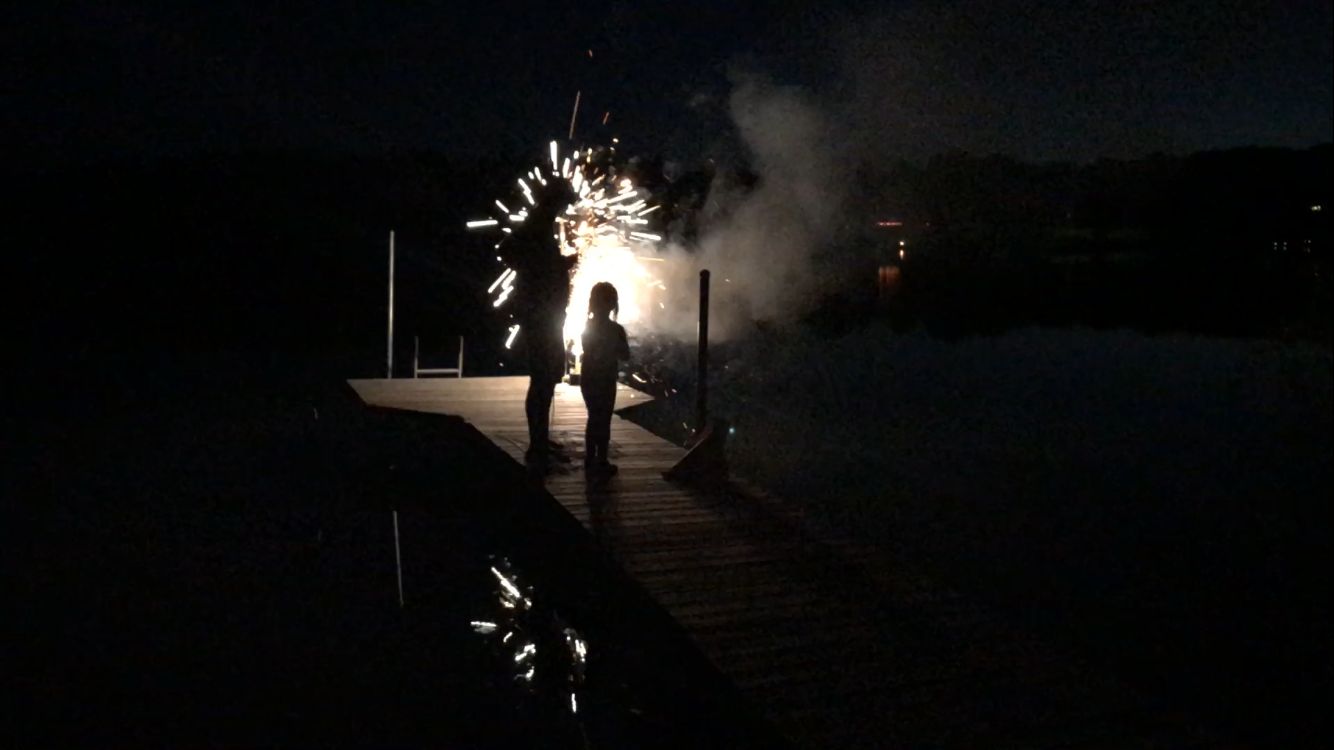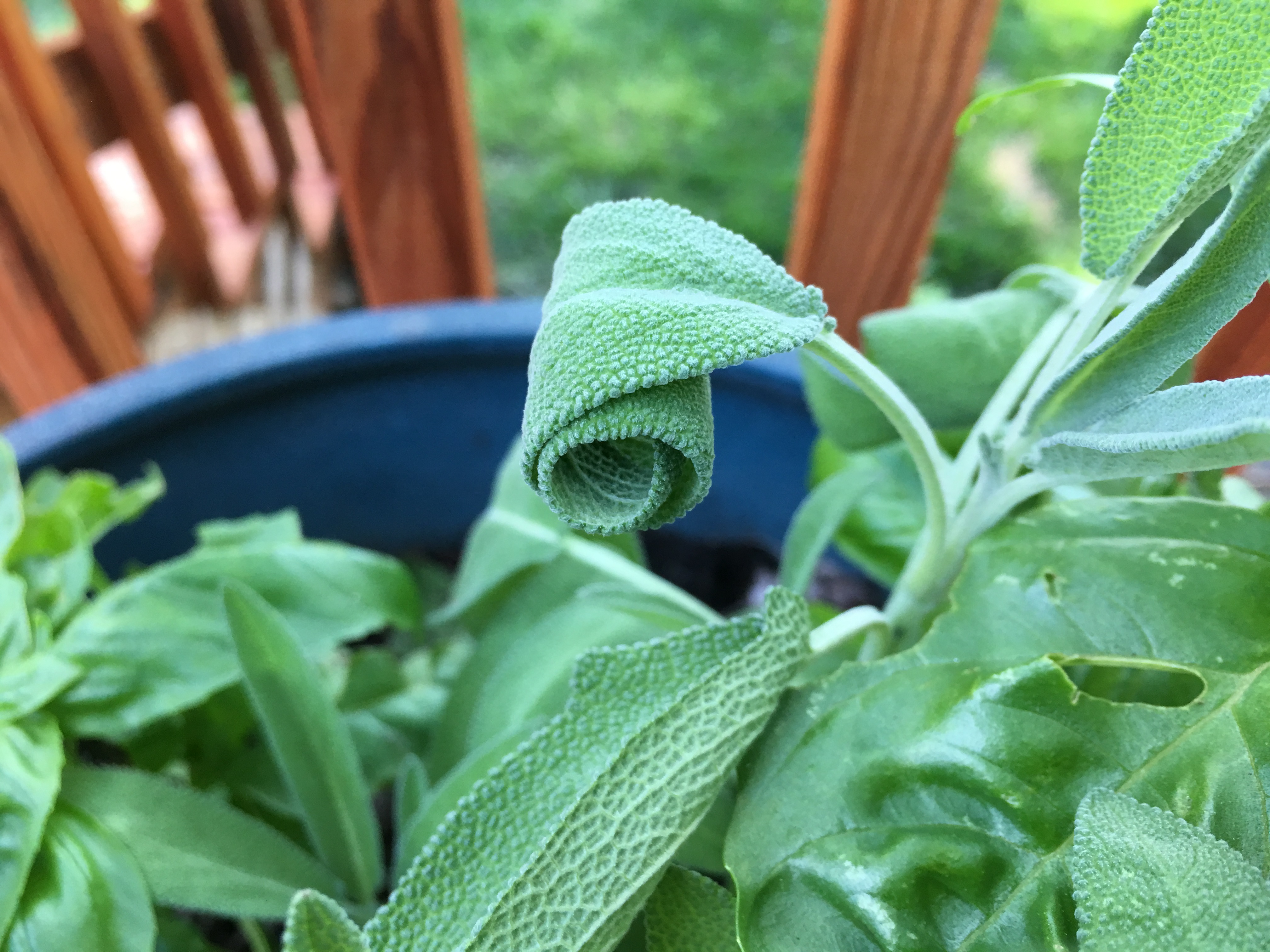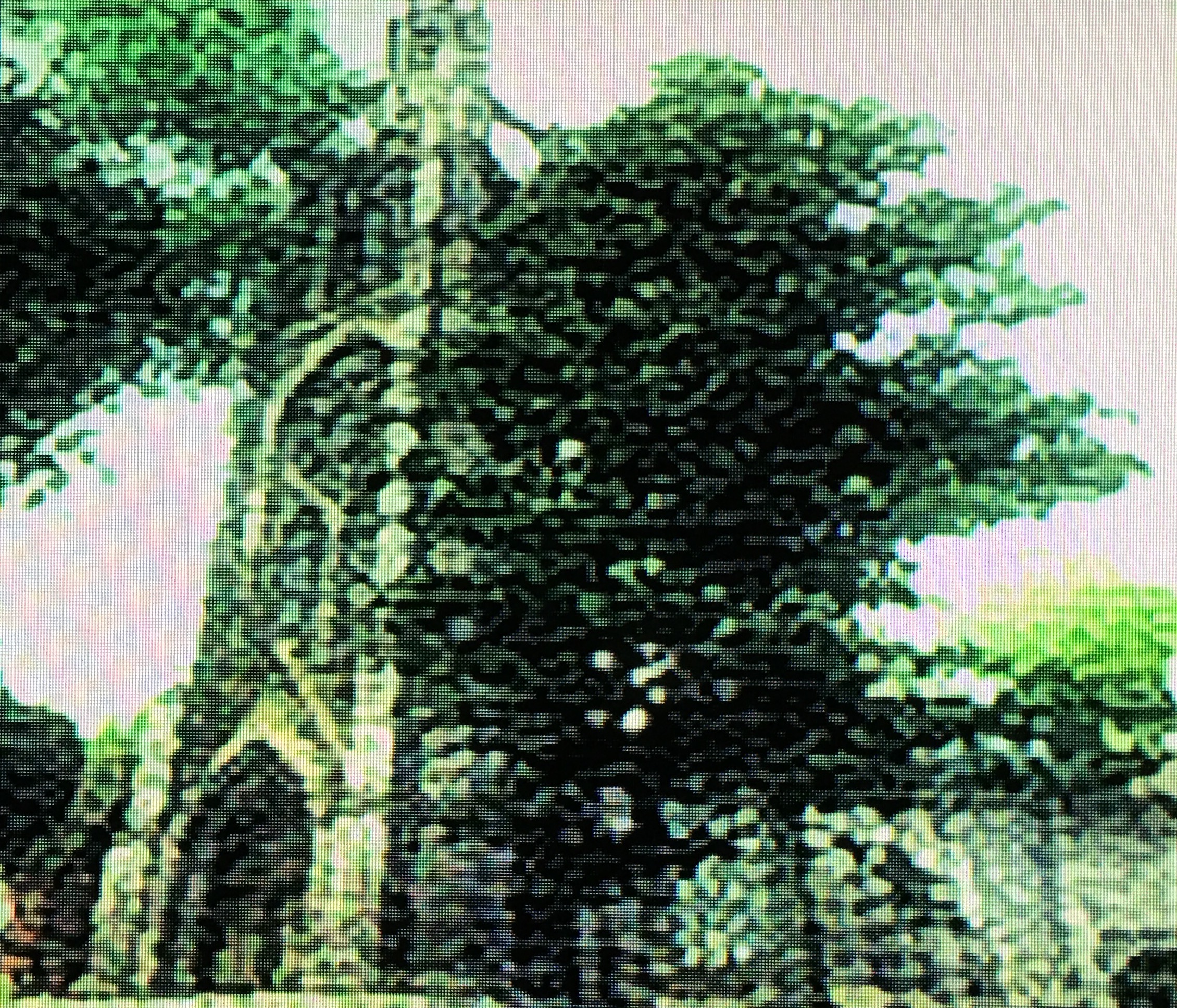The car broke.
To clarify, Liz’s car broke. It had chronic problems with the O2 sensor and electrical system shorting out, then she broke two axles and potentially the transmission. In short: definitively kaput.
I had previously told her that it was my turn to get the next car, and I had long fantasized about buying my first new car, fed by rental experiences, because as with any form of technology, what I currently have immediately becomes obsolete and I grumble with jealousy as each new feature hits the market. My car doesn’t even have a working radio anymore–a problem the kid has been consistently pointing out as we cruise down the road to my tech news podcasts playing from my phone on the passenger seat.
Yet in her impatience, Liz violated the arrangement and purposely broke her car so she could get an upgrade first. That’s what I accused her of anyway. She denies it, but I’ve also noted how her phones keep mysteriously breaking each year, hmmm.
An explanation more grounded in reality, however, is that her commute is much longer, and cars break down quickly. AAA calculates the average cost per mile of driving to be 59.2 cents, so it costs her somewhere around $58 per day. With most of that being highway driving, I’d say she uses 3 gallons of gas per day, which I’ll estimate as $6.87. Therefore, let’s round it off and say each day, after subtracting gas from the total, she racks up $50 worth of wear and tear on her car. So it’s easy to believe that within the year that she’s had the job, say 260 work days, minus vacation, benefit time, work at home days, I dunno, wild guess of 160 work days…that’d be $8000 worth of wear and tear–more than the vehicle was even worth, and probably consistent with the price of repairs for axles and a transmission, unless my math is totally off. And of course, expenses aside, I’d rather not lose my wife to a horrific highway accident when something finally broke catastrophically. So, it was off to the dealership.
When I bought my car as an unmarried young 20-something, the dealership ran a thorough background check on me before I was even allowed to touch a car, and when I did get to drive one, they accompanied me. Now, as married 30-somethings with kid in tow, they just chucked keys at us for any model we asked about. And upon the day’s conclusion, home we went with a brand new Honda CR-V. I had never seen an odometer in the single digits before.
So there’s the lengthy backstory.
I went to move the new car from the driveway into the garage. A lot has changed in vehicle design since I bought my car 10 years ago. No more are quaint mechanical keys. Rather, they’ve been replaced with digital transponders. I entered the car, which had sensed my presence and unlocked itself, and pressed the ignition button. The car did nothing. Hmmm. I felt the remote in my pocket, so I wasn’t missing anything. I pushed the button again, then again and again, varying the delay and time of push, similar to my method for getting touchless faucets to provide water in airport bathrooms, except I was pushing a physical button rather than waving my hands around like an epileptic Jedi (that’ll be the future of cars when they get rid of the button).

The car still didn’t start, but it did fall into gear, despite the shifter being firmly still in Park. As a consequence, the car was now rolling backwards down the driveway. Reflexively, I push the break pedal, and the car stopped–which is fortunate, because the car was very obviously fully drive-by-wire, so there must still be a physical connection to the calipers somewhere.
I pushed the button again and the car started immediately. Curious, I parked the vehicle in the garage and turned it off, but other distractions soon occupied me and I forgot all about the strange experience.
A couple days later, I went to pull the car out of the garage. The scenario played out as before, except since the garage was level, the vehicle didn’t begin rolling away. This time, however, I noticed the dash flashing a message:
TO START VEHICLE, PRESS BRAKE PETAL AND PRESS START BUTTON…IDIOT!
It was something like that anyway. The realization finally sunk in. I had started the car last time when I pressed the brake to stop it from rolling into the street.
I dwelled on this experience, thinking that even the humble automobile was outpacing my ability to intuitively operate it. It was a scary thought. Amidst news of autonomous vehicles and companies promising the eventual obsolescence of the human driver, perhaps I was already seeing the beginnings of my own obsolescence.
Then, yesterday, I was walking from the parking lot and to the office entrance. In the guest parking, there sat a black Nissan of some sort. A young Asian lady, wearing an outfit which exceeded business casual, complete with tight black skirt, stood next to it with an armful of paperwork. Ordinarily, I wouldn’t have given it much thought, as we meet with clients regularly and our other offices travel here for meetings. This lady, however, waved and walked up to greet me. She explained her plight: she had accidentally popped the hood of the rental and didn’t know how to close it, and did I possess such knowledge?
And so, very politely (as I didn’t want to make her feel dumb), I felt along the hood’s gap and explained that all cars generally have a little latch you just have to feel for, subsequently found said latch (except it was slightly different than any other hood latch I’d encountered–what the hell, Nissan?), and explained that you just drop the hood to close it. She felt a little sheepish and said that she couldn’t believe she had driven all the way here like that.
I feel better now, realizing that we’ve reached a point where each generation is now less knowledgeable about their vehicles than the prior. It was an inevitability, since the operator no longer controls the vehicle directly now–they send input into a computer which then determines what action to take. It’s less important to know the physical mechanics of a car now, since if anything breaks, the proprietary systems that control the vehicle would also be affected, and would therefore have to be fixed by a technician anyway. The future will indeed deprecate human input. Whether or not that’s good–if software will ultimately prove safer and more reliable than the person–will be left to history.
My daughter is still going to learn how to change a tire before she can drive though.
–Simon

